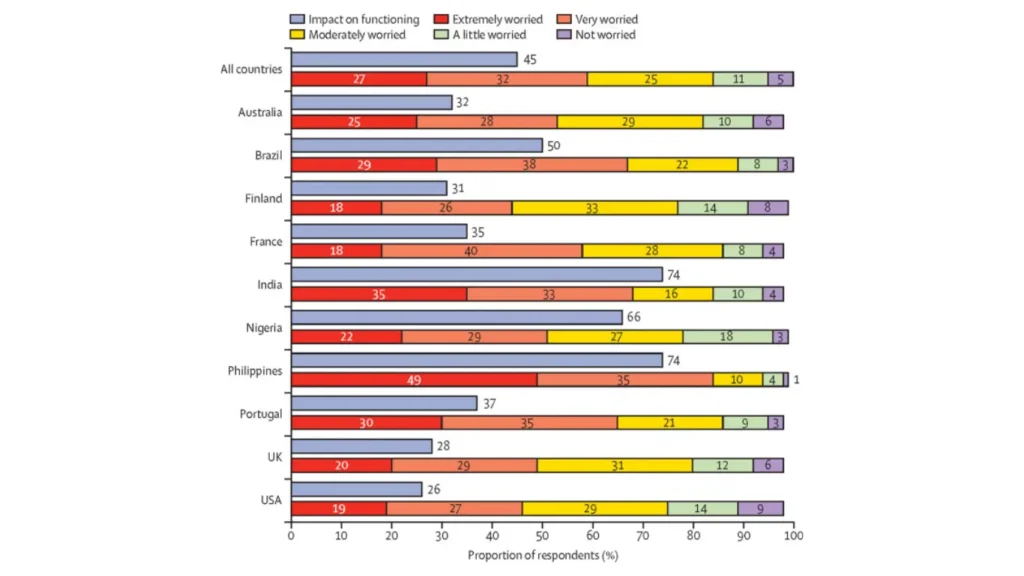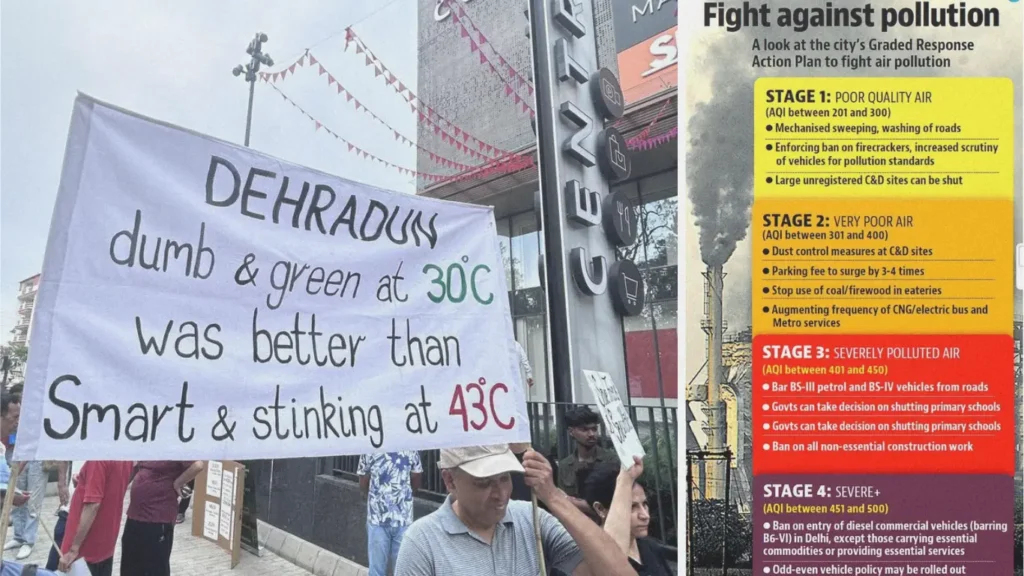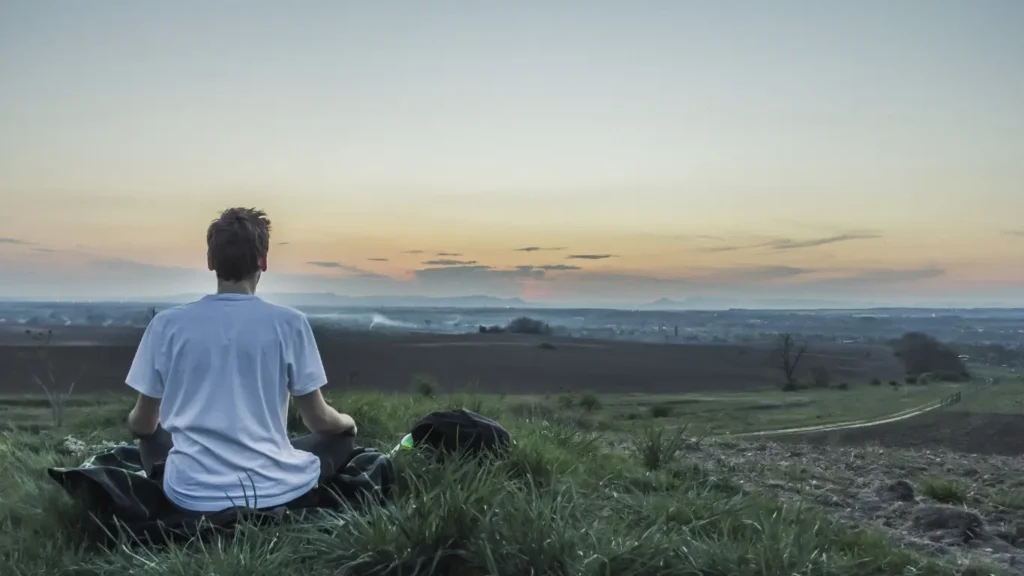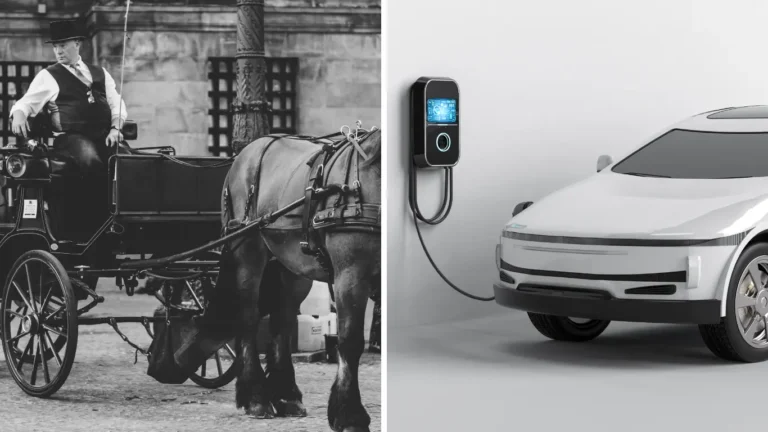Understanding Climate Anxiety
News, media, information, and disinformation related to climate change are increasing. Daily feeds bring fresh images and clips of climate disasters such as city-wide fires, forest fires, flooding, and melting glaciers. While these threats may seem distant to those browsing them on the internet, everyday manifestations of climate change feel all too real—hotter summers, shorter winters, scorching sun, erratic monsoons, crop failures, and increasing food prices.
In 2025, it is not uncommon to feel worried, anxious, angry, and even hopeless about the future of the environment and the staggering response from governments and corporations to solve climate change. These emotions, especially the mounting waves of anxiety, are called climate anxiety, eco-anxiety, or eco-grief, triggered as a response to the daily experience of climate change.
Climate Anxiety Is Increasing

According to various scientists, researchers, and studies, climate anxiety is increasing annually, especially among children and younger people. It can manifest in various forms such as overthinking, panic attacks, loss of sleep, feelings of doom, hopelessness, inability to focus on daily activities, grief, solastalgia, and anger. Climate anxiety is a natural and human response to the negative effects of climate change on the environment, biodiversity, and everyday life. It has to be acknowledged, understood, and alleviated to bring hopeful change.
Scientists Anthony Leiserowitz at Yale distinguish climate anxiety from climate worry, which they describe as a broader, more generic phenomenon. According to them:
“One thing to point out is that worry is not the same thing as anxiety. Many people are worried about climate change: 64 percent of Americans in our last national study said they were at least somewhat worried about global warming. That’s a good and healthy thing because worry as an emotion is a motivator; if you worry about something, you are motivated to figure out what you can do about it. We actually need more people to be worried about climate change. Where worry becomes a problem is when it becomes overwhelming and debilitating, when it keeps you from living your life. That’s when it’s a serious diagnosis.“
Climate change is a large-scale, subtle, and slowly occurring phenomenon. Often, the images and warnings published by scientists at IPCC, NASA, and the UN may feel distant or far off in the future, resulting in ignorance and even denial. But everyday experiences cannot simply be shrugged off, especially when they interfere with daily life.
For instance, the peak of poor AQI (Air Quality Index) in cities like Delhi and Gurugram has left citizens anxious, distressed, and angry about the toxic state of things. The highly dangerous particles in the air pose a fatal threat to vulnerable groups, including children and the elderly. This has resulted in the closure of schools, suspension of construction activities, and the enforcement of emergency policies, which put a ban on vehicles and bring about hasty, knee-jerk reactions to solve the issue. Such events can create intense anxiety and emotional turmoil for citizens as they try to cope with such a large-scale problem without being able to take tangible actions.

Climate anxiety can also manifest in the form of solastalgia—like nostalgia, it is a feeling of sorrow for the state of nature and the environment that once existed but has disappeared due to harmful industrial practices and climate change. Eco-anxiety can also trigger eco-grief, crippling citizens from taking any positive action and forcing them to accept a state of doom regarding the future. Perceived inaction, ignorance, and nonchalance from corporations and governments can also induce anger, extremism, and protest among people who hold others accountable for the disasters they endure.
Positive & Negative Response To Anxiety
It is important to acknowledge the presence of climate anxiety and accept it as a natural human response. According to various studies, therapists and mental health professionals can alleviate symptoms by helping individuals accept their emotions and guiding them toward coping strategies such as Cognitive Behavioral Therapy (CBT).
As mentioned by scholars, climate anxiety and worry can even drive individuals to gather information, join groups, and take collective action for nature and the environment. A study has found that people who engaged in regular collective activities experienced less anxiety than those who did not.
Climate anxiety can often lead to situations where individuals or groups give up hope, accepting a sense of doom and refraining from taking any positive action toward climate change. Since climate change is a global, planetary-wide phenomenon, small-scale individual actions may seem insignificant and useless, rendering people’s voices and efforts void.
However, it is important to note that fact-checking, informative media consumption, and individual action play a significant role in developing positive emotions toward nature and the environment.
Read: Learn Some Practical Individual Action To Fight Climate Change
Elizabeth Kolbert, in her book H is for Hope, mentions how narratives about climate change are often woven around themes of doom, destruction, and utter hopelessness about the future, but these narratives do not paint the complete picture. Climate change is not just about environmental degradation but is also opening avenues for a new chapter in human development and technological innovation.
For instance, green technologies, renewable energy, sustainable development, and climate policies have already begun to make a strong impact on how the world responds to climate change. Practices like ESG (Environmental, Social, and Governance), CSR (Corporate Social Responsibility), and circular economy principles motivate investors, startups, and corporations to build innovative technological solutions that can alleviate many problems related to climate change while also creating business opportunities. In all bleak situations, there is always a silver lining, though contemporary narratives often choose to ignore it.
Elizabeth argues that positive narratives about climate change can create a strong and lasting emotional impact on a large number of people, opening up avenues for fresh possibilities and renewed hope.
Coping With Climate Anxiety

People who experience climate anxiety can address it on professional, individual, and social levels. Visiting a therapist, sharing concerns with a loved one, or engaging in therapeutic activities can help alleviate symptoms. Additionally, curating screen time, regulating doom-scroll, and assimilating informative data can lessen the anxiety. This blog post provides various other techniques to cope with climate anxiety.
Furthermore, simple activities such as meditation and reconnecting with nature can also foster a sense of calm, peace, and hope. Participating in group activities, joining communities, raising awareness, and advocating for climate action can also serve as powerful tools to counter negative emotions and contribute to meaningful change.
Also Read: Lessons To Learn From Nature
Climate anxiety may manifest at various levels at any time, but like all emotions, it can play an important role in sparking positive actions toward solving a problem that concerns not just a few individuals but the whole of humanity and nature.
In the face of such a vast challenge, individual action may seem insignificant, but each step forward can create a ripple effect, eventually resulting in large-scale change. As revealed during the COVID-19 pandemic, forced lockdowns lasting only a few weeks brought remarkable changes to the environment.
Climate anxiety, eco-grief, and anger will continue to play an important role in the coming days, but by acknowledging and understanding them, they can contribute toward creating meaningful solutions and a more hopeful future.






